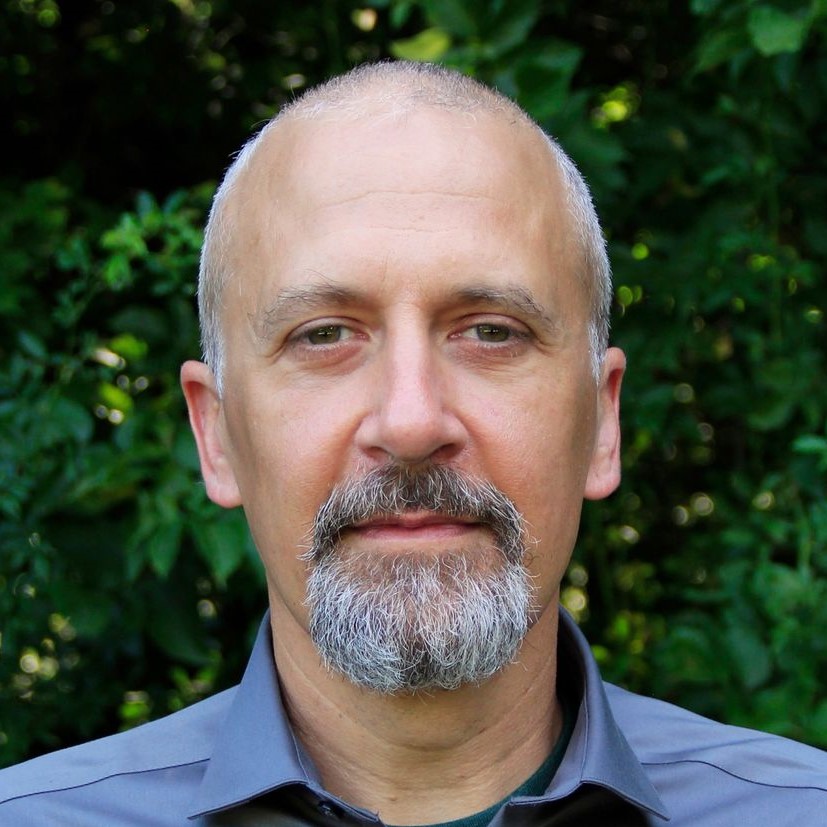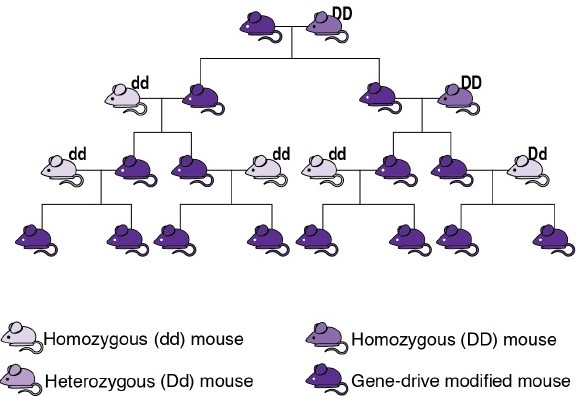Parties to the Convention on Biological Diversity reject a moratorium-like decision
Originally posted at Legal Planet.
The recent news in international environmental negotiations has been dominated by this month’s Conference of Parties (COP) of the UN Framework Convention on Climate Change. (See UCLA’s Ted Parson setting the stage, the New York Times article, and Carbon Brief’s detailed report.) The recent COP of the Convention on Biological Diversity (CBD) flew somewhat under the media’s radar, yet it also addressed relevant global environmental issues. Among these was a decision regarding gene drives, a new biotechnology that enables the genetic modification or local extinction of wild species.
First, some background is necessary. “Traditional” genetic modification is sloppy. It takes a gene from one organism and “throws” it into another’s genome, hoping that it “sticks” in a good location. Furthermore, these changes are unlikely to spread in the wild, as it is difficult to improve on the evolutionary fitness arising from millions of years of natural selection. Gene drives are different from traditional genetic modification in two key ways. First, building upon CRISPR, a bacterial gene system, they can edit genes quite precisely. Second, when a organism modified by a gene drive mates with an unmodified “wild type,” all (instead of half) of their offspring will inherit the modification in both (instead of one) of their gene pairs (see image). This way, a few gene drive-modified organisms can change an entire population after some generations. Importantly, gene drives only work on species that reproduce rapidly, such as insects.
Gene drives have potential beneficial applications. First, they could modify disease vectors, such as mosquitoes and ticks, to not transmit. For example, a nonprofit consortium is researching whether gene drives could help eradicate malaria. Second, invasive species could be locally suppressed or made extinct. Third, gene drives could modify pests to no longer eat crops.
A technology that could genetically modify or locally extinguish a population is one that would also pose environmental risks. The leading scientists developing gene drives have joined policy experts in conversations regarding how a mix of state policy, self-regulation, and technical measures could reduce and manage these risks.
The CBD Parties have also taken notice. At their November Conference, they discussed, among many other things, gene drives. A cohort of green and anti-technology groups had called for “an immediate and international halt to gene drive releases and experimentation.” In response, more than 100 researchers, the UK’s Royal Society [PDF], and the African Union responded that restrictive language would inhibit valuable research. The COP’s ultimate decision [PDF, paragraphs 9-13] urges caution and calls on states to undertake scientific risk assessment, implement risk management measures, and — where appropriate — obtain the consent, approval, or involvement of potentially affected communities. At the urging of African states, the Parties rejected language that would have resembled a moratorium.
Why are the Parties to an international environmental treaty debating such an issue? After all, international law typically governs interactions among states, whereas a domestic field test or release of gene drives would not necessarily have transboundary risks. What’s more, the gene drive decision mentions neither transboundary risks nor a single article of the CBD.
The recent decision arose from the CBD through a series of actions by the treaty’s affiliated institutions. Among the obligations of the CBD’s Parties is to regulate “living modified organisms… which are likely to have adverse environmental impacts that could affect the conservation and sustainable use of biological diversity” (Art. 8(g)). The treaty also established a Subsidiary Body on Scientific, Technical, and Technological Advice (SBSTTA) (Art. 25). In an appendix to an annex to a major 2006 decision on the CBD’s operation, the Parties granted the SBSTTA an additional function: “Identify new and emerging issues relating to the conservation and sustainable use of biodiversity” [PDF, Appendix A]. At the subsequent COP, they agreed that these issues should include synthetic biology, a then-new approach to biotechnology [PDF]. At the 2014 COP, the Parties established an Ad Hoc Technical Expert Group on Synthetic Biology [PDF], and the next year a CBD report pointed to “potential undesired consequences” from gene drives [PDF]. In 2016, the Parties noted that its previous statements regarding synthetic biology could apply to gene drives, laying the groundwork for their most recent decision on them.
I provide these details to illustrate how international environmental law can operate. A favorable interpretation is that treaty-established institutions adapt to changing circumstances and knowledge, catalyze a consensus within the international community, and guide states’ decision-making. To that extend, this would be an example of effective global environmental governance. A less favorable reading is that the CBD institutions have, over a quarter century, added to their agenda not only emerging technologies but also issues as diverse as agriculture, gender, tourism, cultural diversity, health, peace, and tourism, none of which are among the treaty’s obligations. Such international institutions are public bureaucracies, which like domestic ones, seek to expand their scope and budgets (see e.g. Niskanen).

